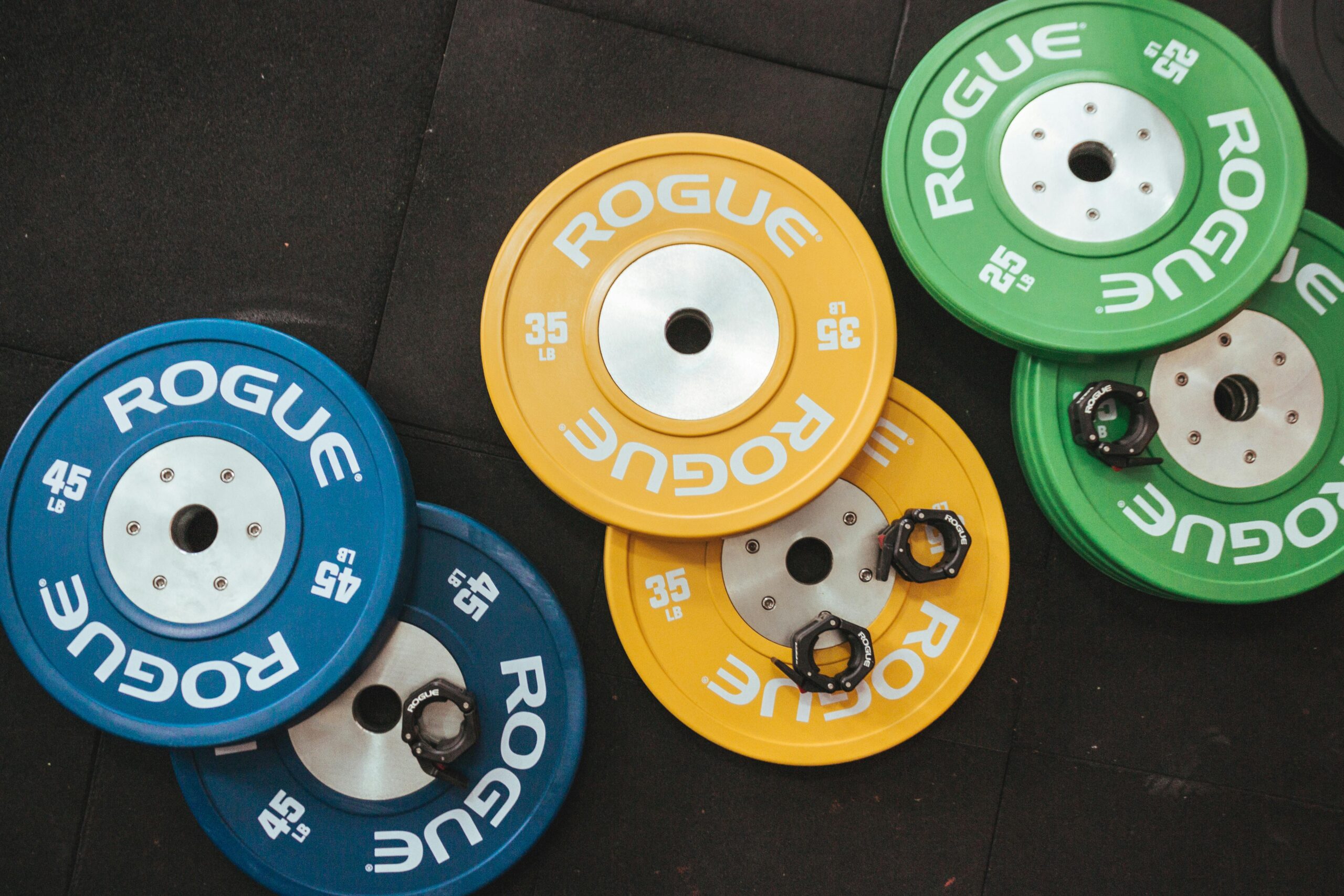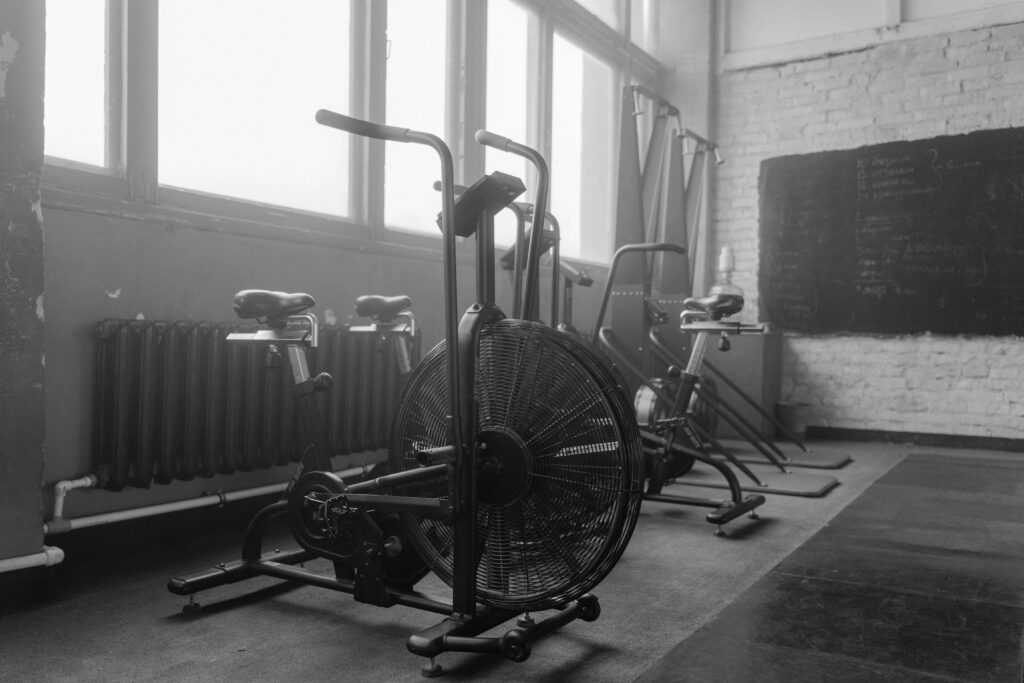
Think you need to train five or six days a week to see progress? Think again. For busy professionals, parents, or anyone juggling a hectic schedule, a well-designed three-day program can deliver incredible results and might even outperform a more demanding training schedule.
I often use this approach for myself when I’m prioritizing condition, or during busy seasons like the holidays, summer, or anytime my schedule gets busy with travel. It’s also ideal for tactical athletes, MMA athletes, or anyone needing three strength sessions a week while balancing additional activities like Brazilian Jiu-Jitsu, martial arts, or other skill or sport-specific practice.
Here’s why training three times a week can be effective for building strength, muscle size, and improving overall performance.
The Science Behind Less is More
More training doesn’t always mean better results. The principle of diminishing returns tells us that after a certain point, extra volume or frequency can lead to burnout, overtraining, and even regression. Research has shown that training each muscle group only twice a week is sufficient for hypertrophy (Wernbom et al., 2007). This is why a three-day split can deliver results while avoiding excessive fatigue.
Muscles don’t grow during your workout; they grow during recovery. By training three times a week, you give your body ample time to repair and adapt, setting the stage for consistent strength and size gains. Schoenfeld et al. (Schoenfeld et al., 2016) demonstrated that total weekly volume is a more significant factor than frequency for muscle hypertrophy, further supporting the effectiveness of fewer, high-quality sessions.
For strength-focused athletes, the conjugate method, popularized by Louie Simmons, has demonstrated the benefits of rotating intensity and training methods to develop multiple athletic qualities without overtraining. This approach pairs perfectly with a three-day structure, allowing lifters to prioritize strength, speed, and hypertrophy while balancing recovery.
Additional studies on recovery and training frequency (Fisher et al., 2011; Haun et al., 2019) reinforce that reduced training frequencies, when programmed intelligently, do not compromise results and often enhance long-term adherence.
Whether you’re a beginner or advanced athlete, three quality sessions per week can maximize your potential without pushing the limits of your recovery capacity.
Why It Works
- Time Efficiency: Most people can’t commit to five or six days in the gym. Three strength sessions per week free up time for work, family, additional conditioning, or hobbies, while still delivering significant results.
- Enhanced Recovery: By spacing workouts, your body has more time to recover. This reduces the risk of overtraining and helps you perform better during each session. Research on recovery duration suggests that most individuals benefit from 48-72 hours of rest between high-intensity sessions (Barnett, 2006). Active recovery, such as light Zone 2 cardio or focused mobility sessions can further improve blood flow and accelerated the recovery process.
- Long-Term Consistency: Consistency trumps intensity. Think of it like filling a jar with water: small, consistent pours eventually fill it completely, while sporadic, large splashes may waste water and leave the jar half-empty. Training consistently ensures stready progress that builds over time, avoiding burnout and missed opportunities for improvement. A three-day plan is sustainable, making it easier to stick with over months and years. This consistency is where true progress happens.
How to Structure an Effective 3-Day Program
The key to making a three-day plan work is balance, progression, and intensity. Each week, it’s essential to target strength using the max or submaximal effort method, speed using the dynamic effort method, and hypertrophy using the repetition method. This combination ensures your developing multiple athletic attributes while maintaining variety and progression. Additionally, aiming to train each muscle group at least twice per week provides the necessary stimulus for growth and strength.
By structuring your training this way, you’re not only maximizing efficiency, but also ensuring that you’re addressing the full spectrum of performance and muscle-building needs.
Here are two example weeks for structuring your program, both using these principles.
Example 1: Three Full Body Training Days
Each session incorporates elements of strength, speed, and hypertrophy to target multiple attributes in one workout.
Day 1: Full Body Training
1. Hurdle Hops into Box Jump: 4 x 3 (90 seconds rest)
2. Box Squat: Work up to heavy triple (RPE 8)
3a. DB Bench Press: 4 x 10-12
3b. Ring Rows: 4 x 10-12
3b. Banded Plank Rows: 4 x 8 each side
4. Reverse Sled Pulls: 4 x 50m
Day 2: Aerobic Conditioning
- 20-30 minute AMRAP or EMOM using global movements
Day 3: Full Body Training
1. Banded Plyometric Push-up: 5 x 5
2. Neutral Grip Bench Press: Work up to heavy triple (RPE 8)
3a. Pull-Ups: 4 x 8-12 (weighted if necessary)
3b. Dumbbell Bulgarian Split Squats: 4 x 10-12 each leg
4. Farmers Carry: 4 x 50m
Day 4: Conditioning
- Zone 2 Cardio (e.g., 30-45 minutes of cycling or running at a steady pace)
Day 5: Full Body Training
1a. Staggered Stance Broad Jump: 4 x 3
1b. Heavy Sled Push: 4 x 10 yards
2. Speed Trap Bar Deadlift: 8 x 3 @ 65% 1RM
3a. Incline Dumbbell Press: 4 x 8-10
3b. Kettlebell Swings: 4 x 10-12
3c. Sandbag Bear Hug: 4 x 30 seconds
3d. Med Ball Slams: 3 x 15
Day 6: Active Recovery
- Walk or hike
Day 7: Recovery and Mobility
- 15-30 minutes of light Zone 2 conditioning (e.g., rowing or cycling)
- Foam rolling and mobility circuit
Example 2: Lower/Upper/Total Split
This split allows for more focused sessions, breaking up training into lower and upper body days with a full-body day to finish the week.
Day 1: Lower Body
1. Seated Box Jump: 3 x 3 (2 minutes rest)
2. Front Squat: 4 x 5 @ 70-75% 1RM
3a. Front Foot Elevated Bulgarian Split Squat: 3 x 10 each leg
3b. Glute Ham Raise: 3 x 8
3b. Forward Sled Pulls: 4 x 100m
4. Front Plank: 3 x 60 seconds
Day 2: Conditioning
- Brazilian Jiu-Jitsu or Skill-Based conditioning
Day 3: Upper Body
1. Plyometric Push-up on Bench: 4 x 5
2. Floor Press: 4 x 6 (RPE 8)
3a. DB Incline Press 3 x 10-12
3b. Chest Supported Row: 3 x 10-12
3c. Suitcase Carry: 3 x 50m each side
4. Banded Triceps Extensions: Accumulate 100 reps in as few sets as possible
Day 4: Aerobic Conditioning
- Zone 2 Cardio (e.g., 30-45 minutes of cycling or running at a steady pace)
Day 5: Full Body Training
1. Broad Jump: 4 x 3
2. Trap Bar Speed Deadlift: 6 x 3 @ 65% 1RM
3a. Single Leg Romanian Deadlift: 3 x 8-10 each leg
3b. Half-Kneeling Landmine Press: 3 x 10 each side
3c. Ring Face Pulls: 3 x 10-12
3d. Hanging Leg Raises: 3 x 15
Day 6: Active Recovery
- Ruck march or hike
Day 7: Recovery and Mobility
- 15-30 minutes of light Zone 2 conditioning (e.g., rowing or cycling)
- Foam Rolling and mobility circuit
Addressing Common Concerns
“Can I Really Make Progress Training Three Times a Week?”
Absolutely. Some of the strongest and fittest athletes in the world follow similar schedules, emphasizing quality over quantity.
“What if I Miss a Workout?”
No problem. With only three sessions per week, it’s easier to make up a missed day. And even if you can’t, the full-body structure ensures you’re still hitting all major muscle groups.
“What if I’m an Advanced Athlete?”
The beauty of a three-day program is its scalability. Adjust volume, intensity, and exercise selection to match your experience and goals. Advanced lifters often find that reduced frequency allows them to train harder during their sessions, and recover from better from heavier loads and the higher training intensities.
Wrapping It Up.
Training three times a week doesn’t mean compromising on results. In fact, it’s a smart, efficient approach that optimizes recovery, builds strength and muscle, and enhances performance. Whether you’re a beginner pressed for time or an advanced athlete looking to refine your routine, this approach has something for everyone.
Want a program tailored to your goals? Check out my three-day training options or reach out for coaching. Your best results might be closer than your think.
REFERENCES
Barnett, A. (2006). Using recovery modalities between training sessions in elite athletes: Does it help? Sports Medicine (Auckland, N.Z.), 36(9), 781–796. https://doi.org/10.2165/00007256-200636090-00005
Fisher, J., Steele, J., Bruce-Low, S., & Smith, D. (2011). Evidence-Based Resistance Training Recommendations. Medicina Sportiva, 15(3), 147–162. https://doi.org/10.2478/v10036-011-0025-x
Haun, C. T., Vann, C. G., Roberts, B. M., Vigotsky, A. D., Schoenfeld, B. J., & Roberts, M. D. (2019). A Critical Evaluation of the Biological Construct Skeletal Muscle Hypertrophy: Size Matters but So Does the Measurement. Frontiers in Physiology, 10, 247. https://doi.org/10.3389/fphys.2019.00247
Schoenfeld, B. J., Ogborn, D., & Krieger, J. W. (2016). Effects of Resistance Training Frequency on Measures of Muscle Hypertrophy: A Systematic Review and Meta-Analysis. Sports Medicine (Auckland, N.Z.), 46(11), 1689–1697. https://doi.org/10.1007/s40279-016-0543-8
Wernbom, M., Augustsson, J., & Thomeé, R. (2007). The influence of frequency, intensity, volume and mode of strength training on whole muscle cross-sectional area in humans. Sports Medicine (Auckland, N.Z.), 37(3), 225–264. https://doi.org/10.2165/00007256-200737030-00004





